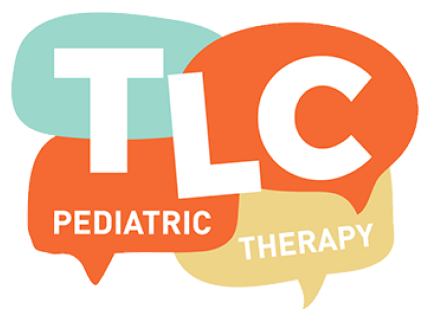
Sensory play is any activity that stimulates a child’s sense – touch, taste, smell, sight, and hearing. Children use their senses to make sense of the world around this. Development and fostering of their senses help children explore their worlds and retain information about their surroundings.
Why is sensory play important?
Research shows that sensory play builds nerve connections in the brain’s pathways, which lead to the child’s ability to complete more complex learning tasks.
Sensory play supports language development, cognitive growth, fine and gross motor skills, problem solving skills, and social interaction.
- This type of play aids in developing and enhancing memory
- Sensory play is great for calming an anxious or frustrated child
- This helps children learn sensory attributes (hot, cold, sticky, dry)
- (Source: https://www.educationalplaycare.com/blog/sensory-play-important-development/)
TLC Speech Therapy uses multiple forms of sensory play to help your child grow and develop. These include:
DIR–Floortime: when parents interact with their child on the child’s level, in a natural play context that is child-led; Behavioral Play Therapy: which helps children become aware of their feelings, increase attention skills, and enhance problem-solving skills; Gross Motor Play and Posture Supports: facilitates the upright posture and cognitive/physical relationships important for speech. Now that autumn is finally here, take advantage of the opportunities to integrate fall colors, sights, and smells into play with your child. Let your child touch and feel various textures, like a leaf or tree bark. Finger paint a fall landscape with trees and changing leaf colors. Create a sensory play bin filled with various shapes, textures, and colors.
See the list below for more sensory play activities to engage in with your child.





